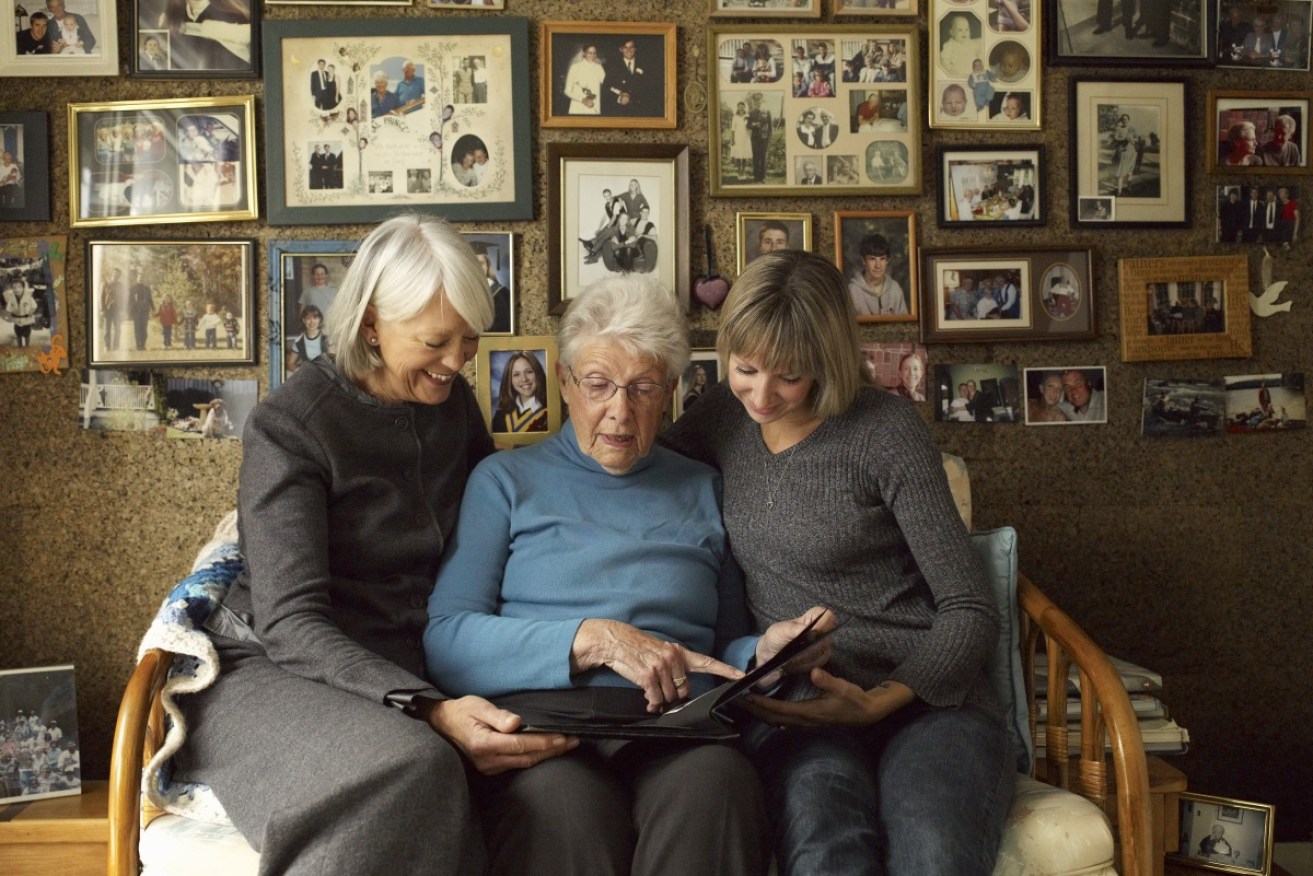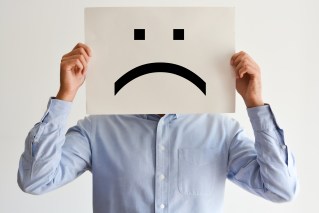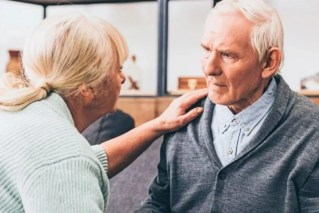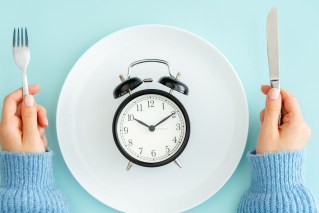Looking at old photographs might help reduce pain from headaches


People shown images from childhood felt lower levels of pain compared to a control group. Photo: Getty
There are plenty of good reasons to be thinking about the good old days, especially the very old days when climate change was an air-conditioning unit, Russia was happy to be lifting itself out of poverty, and a sore throat was just a sore throat.
Living in the past can be ruinous and painful, evoking depression and loneliness.
But oddly, in experiments, nostalgic thinking can give some protection from these same unhappy states.
It’s partly to do with framing and the story you’re telling yourself.
A drug-free remedy for chronic pain
This all seems pretty whimsical, except researchers for some years have wondered if nostalgia “helps people manage unpleasant or harmful psychological states”.
Experiments over the past 10 years have suggested that perceptions of physical pain – how much it hurts – can be reduced when contemplating fond memories, especially from childhood.
A 2012 study found that participants in a state of nostalgia “were able to hold their hand in a bucket of ice water for a longer period of time compared to participants asked to think about an ordinary event”.
Since then, researchers have wondered whether nostalgic thinking can regulate pain more broadly, and whether it can be a functional option for people who suffer from chronic pain.
There’s some urgency to this area of research given that the opioid crisis – arising from doctors routinely prescribing highly addictive and dangerous drugs – killed more than half a million Americans over 20 years.
Can nostalgia provide an alternative?
A new study, published this week, supported previous research by finding that nostalgia reduced for participants the feelings of “painful heat on their forearm”.
That’s right. The researchers gave their participants the feeling they were being burned.
But, the participants who, as the heat was applied, looked at nostalgic images – “scenes and items from an average childhood, like a popular candy, cartoon TV show and schoolyard game” – reported feeling less pain than control participants who were given scenes from miserable modern life to look at.
Ouch!
“Viewing nostalgic images reduced pain ratings compared to viewing control images, with the strongest effect on low-intensity pain,” the researchers wrote.
This suggests that once the pain ramped up, the consolation of the past was dampened.
This study, from the Chinese Academy of Sciences, however, broke new ground by measuring the brain activity of participants with functional MRI, as the heat was applied and the memories were stirred up.
Viewing these nostalgic images “reduced activity in the left lingual gyrus and parahippocampal gyrus, two brain regions implicated in pain perception”.
In other words, the scientists could see how and where nostalgia mitigates pain in the brain.
Activity in the thalamus, a brain region involved in relaying information between the body and the cortex, was linked to both nostalgia and pain ratings.
This suggests the thalamus “may integrate nostalgia information and transmit it to pain pathways”.
The study’s conclusion echoed that of earlier experiments: “Nostalgia may be a drug-free way to alleviate low levels of pain, like headaches or mild clinical pain.”








